The Paraffin Control Chemicals market is expected to grow from USD 7.8 billion in 2022 to USD 13.1 Billion by 2032, at a CAGR of 5.40% during the forecast period 2023-2032.
Paraffin deposition from crude oil or distilled intermediates creates two dangerous conditions plugging and growing energy demand; both are expensive to the operator. The temperature of the crude oil at which paraffin crystals (wax) first form is called the cloud point. As the temperature moves downward, the oil reaches a consistency where it will just pour; this is the pour point. As the operator goes through the cloud point, paraffin depositions form as they come out of the solution in the oil and deposit in the walls of the confining space.
The driving factors of the market growth are Increasing investments in the oil & gas sector promote the need for paraffin control chemicals. Oil & gas producers in the Middle East & Africa have been constantly spending on petrochemical, oil, and gas production to fulfil the capacity growth targets. The use of paraffin control chemicals majorly depends upon the oilfield's operating requirements. If the field is operating at ideal temperature and pressure, there is no need for the chemicals; therefore, it is anticipated to hinder the global paraffin control chemicals market over the projection period.
This study delivers a comprehensive analysis of product type, application, and region. The product type segment includes dispersants, solvents, wax crystal modifiers, detergents, and others. The dispersants segment holds the largest market share in 2022 due to Dispersants, also named dispersing agents, are chemical agents used to break up oil into smaller droplets in the water column. Dispersants can be applied on surface oil or below the surface, closer to an uncontrolled release of crude oil from a good blowout source. The application segment includes onshore, and offshore. The onshore segment holds the largest market share in 2022 due to onshore oil fields refers to the stock of oil existing under the layers of the earth and offshore oil fields are located the seabed.
The market has been divided into North America, Europe, Asia-Pacific, Middle East & Africa, and South America. Middle East & Africa holds the largest market share due to the demand for paraffin control chemicals is powerful in this region. Similarly, Asia Pacific in the global paraffin control chemicals market is anticipated to grow at a considerable growth rate during the projection years due to the forthcoming investments in the oil & gas industry backed by the growing need from the end-use industry. Europe is predicted to account for a low share of the market since there is a limited production of oil in this region.
Some of the notable players in the market are Akzo Nobel, GE (Baker Hughes), Huntsman, Innospec, Oilfield Chemical, and Schlumberger.
Report Description:
1. Introduction
1.1. Objectives of the Study
1.2. Market Definition
1.3. Research Scope
1.4. Currency
1.5. Key Target Audience
2. Research Methodology and Assumptions
3. Executive Summary
4. Premium Insights
4.1. Porter’s Five Forces Analysis
4.2. Value Chain Analysis
4.3. Top Investment Pockets
4.3.1. Market Attractiveness Analysis by Product Type
4.3.2. Market Attractiveness Analysis by Application
4.3.3. Market Attractiveness Analysis by Region
4.4. Industry Trends
5. Market Dynamics
5.1. Market Evaluation
5.2. Drivers
5.2.1. Rising Investment in Oil & Gas Industry
5.3. Restraints
5.3.1. High Cost
5.4. Opportunities
5.4.1. Technological Advancements
6. Global Paraffin Control Chemicals Market Analysis and Forecast, By Product Type:
6.1. Segment Overview
6.2. Dispersants
6.3. SOLVENTS
6.4. Wax Crystal Modifiers
6.5. Detergents
6.6. Others
7. Global Paraffin Control Chemicals Market Analysis and Forecast, By Application
7.1. Segment Overview
7.2. Onshore
7.3. Offshore
8. Global Paraffin Control Chemicals Market Analysis and Forecast, By Regional Analysis
8.1. Segment Overview
8.2. North America
8.2.1. U.S.
8.2.2. Canada
8.2.3. Mexico
8.3. Europe
8.3.1. Germany
8.3.2. France
8.3.3. U.K.
8.3.4. Italy
8.3.5. Spain
8.4. Asia-Pacific
8.4.1. Japan
8.4.2. China
8.4.3. India
8.5. South America
8.5.1. Brazil
8.6. Middle East and Africa
8.6.1. UAE
8.6.2. South Africa
9. Global Paraffin Control Chemicals Market-Competitive Landscape
9.1. Overview
9.2. Market Share of Key Players in the Paraffin Control Chemicals Market
9.2.1. Global Company Market Share
9.2.2. North America Company Market Share
9.2.3. Europe Company Market Share
9.2.4. APAC Company Market Share
9.3. Competitive Situations and Trends
9.3.1. Product Launches and Developments
9.3.2. Partnerships, Collaborations, and Agreements
9.3.3. Mergers & Acquisitions
9.3.4. Expansions
10. Company Profiles
10.1. Akzo Nobel.
10.1.1. Business Overview
10.1.2. Company Snapshot
10.1.3. Company Market Share Analysis
10.1.4. Company Product Portfolio
10.1.5. Recent Developments
10.1.6. SWOT Analysis
10.2. GE(Baker Hughes)
10.2.1. Business Overview
10.2.2. Company Snapshot
10.2.3. Company Market Share Analysis
10.2.4. Company Product Portfolio
10.2.5. Recent Developments
10.2.6. SWOT Analysis
10.3. Huntsman
10.3.1. Business Overview
10.3.2. Company Snapshot
10.3.3. Company Market Share Analysis
10.3.4. Company Product Portfolio
10.3.5. Recent Developments
10.3.6. SWOT Analysis
10.4. Innospec.
10.4.1. Business Overview
10.4.2. Company Snapshot
10.4.3. Company Market Share Analysis
10.4.4. Company Product Portfolio
10.4.5. Recent Developments
10.4.6. SWOT Analysis
10.5. Oilfield Chemical.
10.5.1. Business Overview
10.5.2. Company Snapshot
10.5.3. Company Market Share Analysis
10.5.4. Company Product Portfolio
10.5.5. Recent Developments
10.5.6. SWOT Analysis
10.6. Schlumberger.
10.6.1. Business Overview
10.6.2. Company Snapshot
10.6.3. Company Market Share Analysis
10.6.4. Company Product Portfolio
10.6.5. Recent Developments
10.6.6. SWOT Analysis
List of Table
1. Global Paraffin Control Chemicals Market, By Product Type, 2019-2032 (USD Billion)
2. Global Dispersants Paraffin Control Chemicals Market, By Region, 2019-2032 (USD Billion)
3. Global Solvents Paraffin Control Chemicals Market, By Region, 2019-2032 (USD Billion)
4. Global Wax Crystal Modifiers Paraffin Control Chemicals Market, By Region, 2019-2032 (USD Billion)
5. Global Detergents Paraffin Control Chemicals Market, By Region, 2019-2032 (USD Billion)
6. Global Others Paraffin Control Chemicals Market, By Region, 2019-2032 (USD Billion)
7. Global Paraffin Control Chemicals Market, By Application, 2019-2032 (USD Billion)
8. Global Onshore Paraffin Control Chemicals Market, By Region, 2019-2032 (USD Billion)
9. Global Offshore Paraffin Control Chemicals Market, By Region, 2019-2032 (USD Billion)
10. North America Paraffin Control Chemicals Market, By Product Type, 2019-2032 (USD Billion)
11. North America Paraffin Control Chemicals Market, By Application, 2019-2032 (USD Billion)
12. U.S. Paraffin Control Chemicals Market, By Product Type, 2019-2032 (USD Billion)
13. U.S. Paraffin Control Chemicals Market, By Application, 2019-2032 (USD Billion)
14. Canada Paraffin Control Chemicals Market, By Product Type, 2019-2032 (USD Billion)
15. Canada Paraffin Control Chemicals Market, By Application, 2019-2032 (USD Billion)
16. Mexico Paraffin Control Chemicals Market, By Product Type, 2019-2032 (USD Billion)
17. Mexico Paraffin Control Chemicals Market, By Application, 2019-2032 (USD Billion)
18. Europe Paraffin Control Chemicals Market, By Product Type, 2019-2032 (USD Billion)
19. Europe Paraffin Control Chemicals Market, By Application, 2019-2032 (USD Billion)
20. Germany Paraffin Control Chemicals Market, By Product Type, 2019-2032 (USD Billion)
21. Germany Paraffin Control Chemicals Market, By Application, 2019-2032 (USD Billion)
22. France Paraffin Control Chemicals Market, By Product Type 2019-2032 (USD Billion)
23. France Paraffin Control Chemicals Market, By Application, 2019-2032 (USD Billion)
24. U.K. Paraffin Control Chemicals Market, By Product Type, 2019-2032 (USD Billion)
25. U.K. Paraffin Control Chemicals Market, By Application, 2019-2032 (USD Billion)
26. Italy Paraffin Control Chemicals Market, By Product Type, 2019-2032 (USD Billion)
27. Italy Paraffin Control Chemicals Market, By Application, 2019-2032 (USD Billion)
28. Spain Paraffin Control Chemicals Market, By Product Type, 2019-2032 (USD Billion)
29. Spain Paraffin Control Chemicals Market, By Application, 2019-2032 (USD Billion)
30. Asia Pacific Paraffin Control Chemicals Market, By Product Type, 2019-2032 (USD Billion)
31. Asia Pacific Paraffin Control Chemicals Market, By Application, 2019-2032 (USD Billion)
32. Japan Paraffin Control Chemicals Market, By Product Type, 2019-2032 (USD Billion)
33. Japan Paraffin Control Chemicals Market, By Application, 2019-2032 (USD Billion)
34. China Paraffin Control Chemicals Market, By Product Type 2019-2032 (USD Billion)
35. China Paraffin Control Chemicals Market, By Application, 2019-2032 (USD Billion)
36. India Paraffin Control Chemicals Market, By Product Type 2019-2032 (USD Billion)
37. India Paraffin Control Chemicals Market, By Application, 2019-2032 (USD Billion)
38. South America Paraffin Control Chemicals Market, By Product Type, 2019-2032 (USD Billion)
39. South America Paraffin Control Chemicals Market, By Application, 2019-2032 (USD Billion)
40. Brazil Paraffin Control Chemicals Market, By Product Type 2019-2032 (USD Billion)
41. Brazil Paraffin Control Chemicals Market, By Application, 2019-2032 (USD Billion)
42. Middle East and Africa Paraffin Control Chemicals Market, By Product Type, 2019-2032 (USD Billion)
43. Middle East and Africa Paraffin Control Chemicals Market, By Application, 2019-2032 (USD Billion)
44. UAE Paraffin Control Chemicals Market, By Product Type, 2019-2032 (USD Billion)
45. UAE Paraffin Control Chemicals Market, By Application, 2019-2032 (USD Billion)
46. South Africa Paraffin Control Chemicals Market, By Product Type 2019-2032 (USD Billion)
47. South Africa Paraffin Control Chemicals Market, By Application, 2019-2032 (USD Billion)
List of Figures
1. Global Paraffin Control Chemicals Market Segmentation
2. Paraffin Control Chemicals Market: Research Methodology
3. Market Size Estimation Methodology: Bottom-Up Approach
4. Market Size Estimation Methodology: Top-Down Approach
5. Data Triangulation
6. Porter’s Five Forces Analysis
7. Value Chain Analysis
8. Global Paraffin Control Chemicals Market Attractiveness Analysis by Product Type
9. Global Paraffin Control Chemicals Market Attractiveness Analysis by Application
10. Global Paraffin Control Chemicals Market Attractiveness Analysis by Region
11. Global Paraffin Control Chemicals Market: Dynamics
12. Global Paraffin Control Chemicals Market Share by Product Type (2022 & 2032)
13. Global Paraffin Control Chemicals Market Share by Application (2022 & 2032)
14. Global Paraffin Control Chemicals Market Share by Regions (2022 & 2032)
15. Global Paraffin Control Chemicals Market Share by Company (2022)
Market research is a method of gathering, assessing and deducing data & information about a particular market. Market research is very crucial in these days. The techniques analyze about how a product/service can be offered to the market to its end-customers, observe the impact of that product/service based on the past customer experiences, and cater their needs and demands. Owing to the successful business ventures, accurate, relevant and thorough information is the base for all the organizations because market research report/study offers specific market related data & information about the industry growth prospects, perspective of the existing customers, and the overall market scenario prevailed in past, ongoing present and developing future. It allows the stakeholders and investors to determine the probability of a business before committing substantial resources to the venture. Market research helps in solving the marketing issues challenges that a business will most likely face.
Market research is valuable because of the following reasons:
Our research report features both the aspects; qualitative and quantitative. Qualitative part provides insights about the market driving forces, potential opportunities, customer’s demands and requirement which in turn help the companies to come up with new strategies in order to survive in the long run competition. The quantitative segment offers the most credible information related to the industry. Based on the data gathering, we use to derive the market size and estimate their future growth prospects on the basis of global, region and country.
Our market research process involves with the four specific stages.
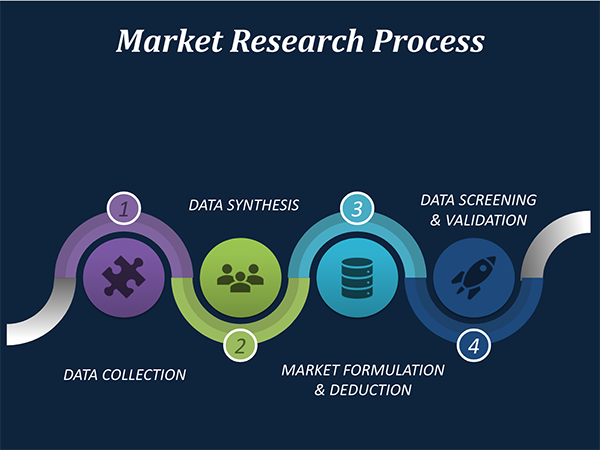
Data Collection: This stage of the market research process involves with the gathering and collecting of the market/industry related data from the sources. There are basically two types of research methods:
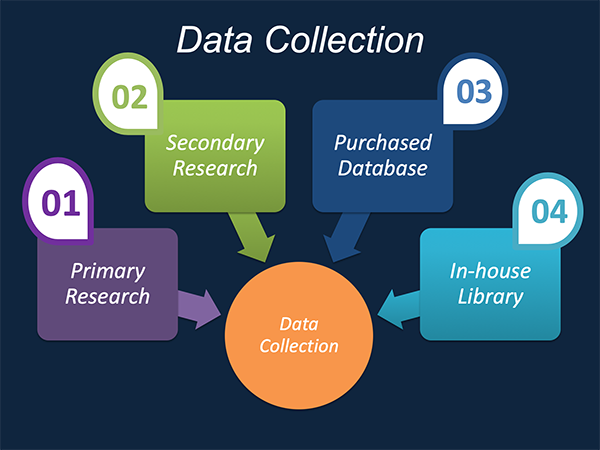
Data Synthesis: This stage includes the evaluation and assessment of all the data acquired from the primary and secondary research. It likewise includes in evaluating the information for any disparity watched while information gathering identified with the market. The data & information is gathered with consideration to the heterogeneity of sources. Scientific and statistical methods are implemented for synthesizing dissimilar information sets and provide the relevant data which is fundamental for formulating strategies. Our organization has broad involvement with information amalgamation where the information goes through different stages:
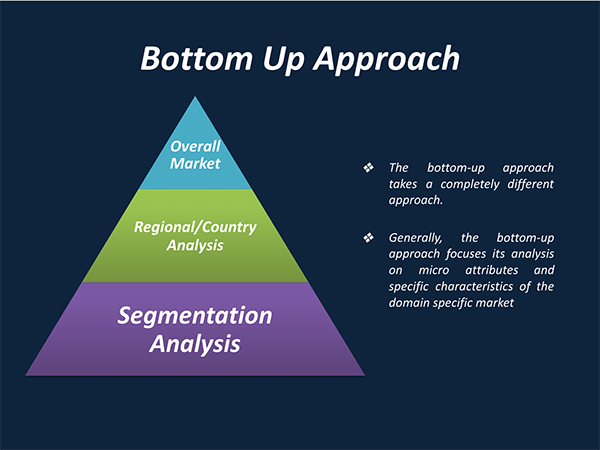
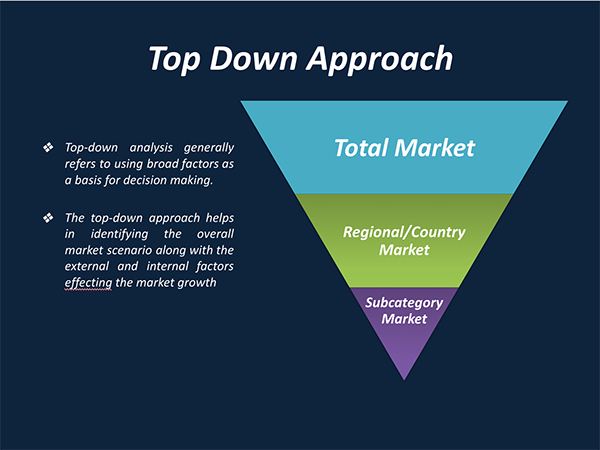
Market Formulation & Deduction: The last stage includes assigning the data & information in a suitable way in order to derive market size. Analyst reviews and domain based opinions based on holistic approach of market estimation combined with industry investigation additionally features a crucial role in this stage.
This stage includes with the finalization of the market size and numbers that we have gathered from primary and secondary research. With the data & information addition, we ensure that there is no gap in the market information. Market trend analysis is finished by our analysts by utilizing data extrapolation procedures, which give the most ideal figures to the market.
Data Validation: Validation is the most crucial step in the process. Validation & re-validation through scientifically designed technique and process that helps us finalize data-points to be used for final calculations. This stage also involves with the data triangulation process. Data triangulation generally implicates the cross validation and matching the data which has been collected from primary and secondary research methods.
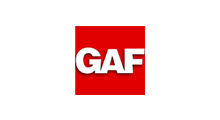

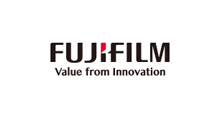
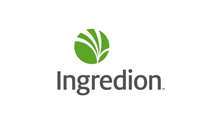

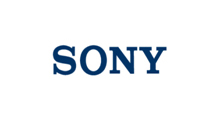
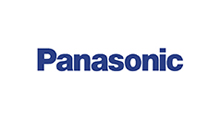
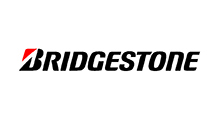
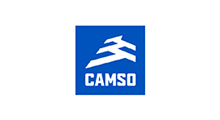
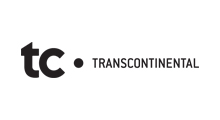
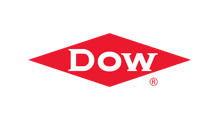
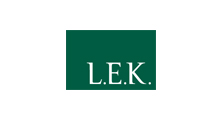

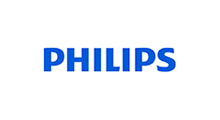
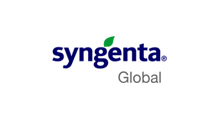
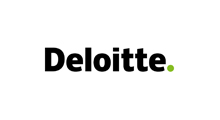

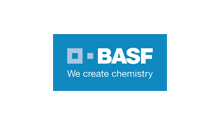
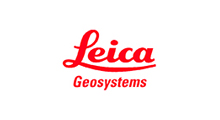
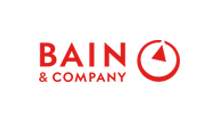
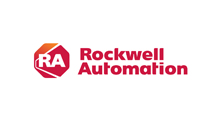
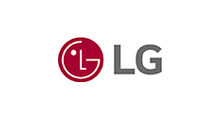
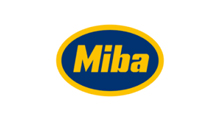
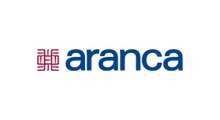
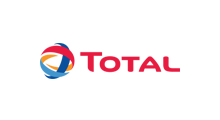
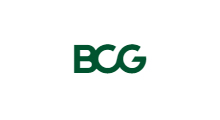
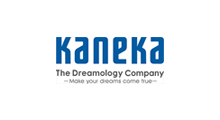
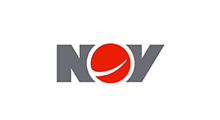
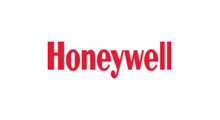
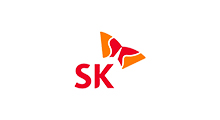
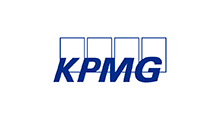
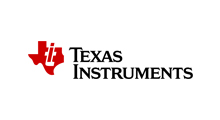
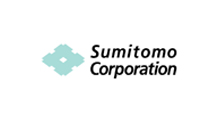
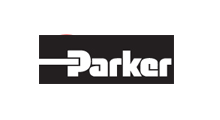
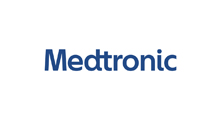
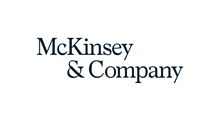


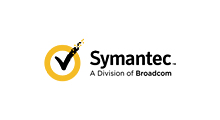
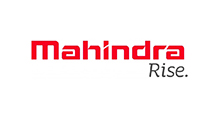
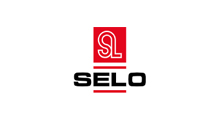
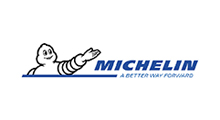

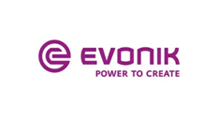

Free Customization
Countries can be added on demand
Free yearly update on purchase of Multi/Corporate User License
Companies served till date

We serve our customers 24x7 for 365 days through calls, emails and live chat options.

Huge database of exceptional market reports bringing market intelligence to your fingertips.

SSL enabled, we offer you various secured payment options for risk free purchase.